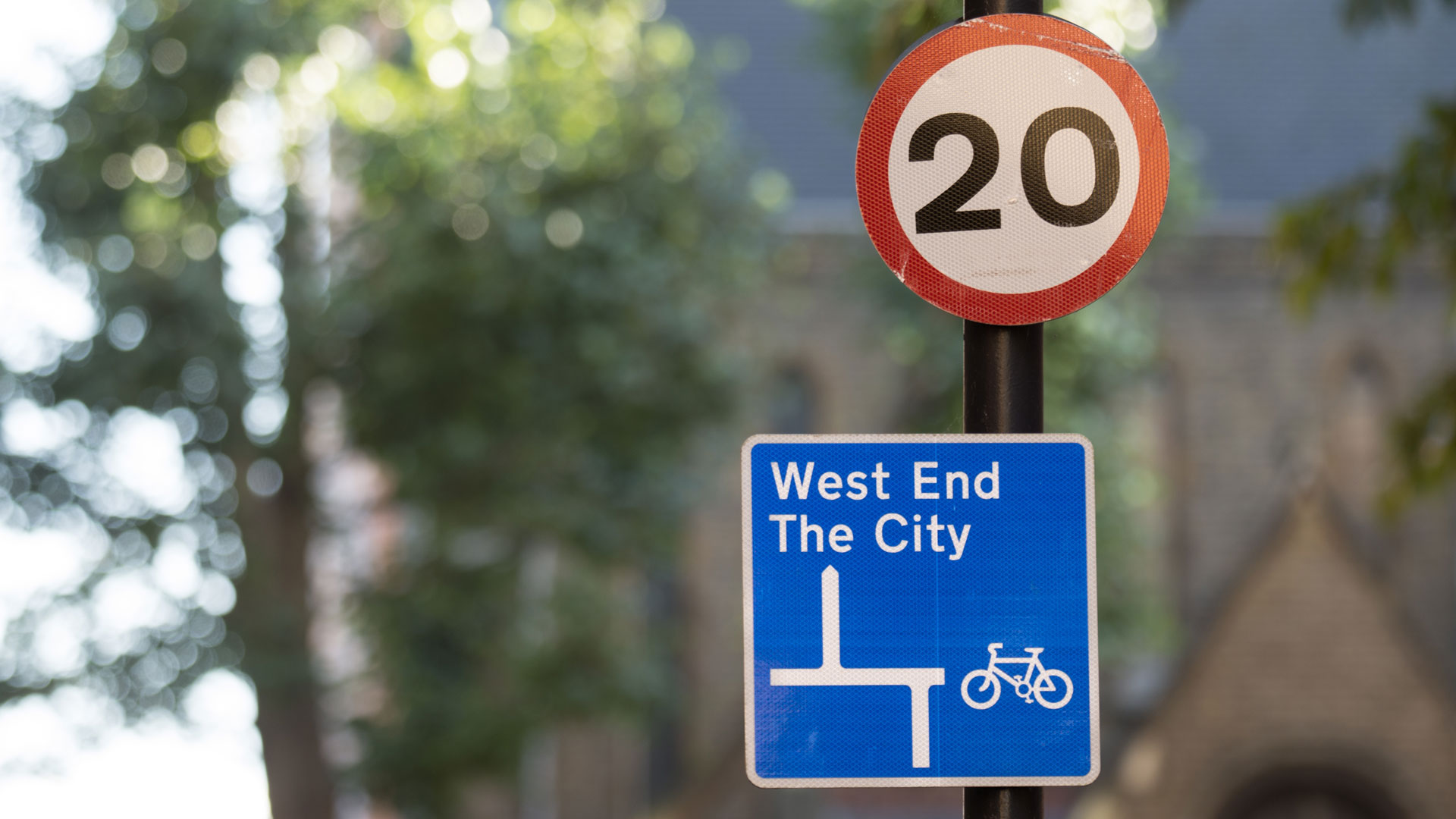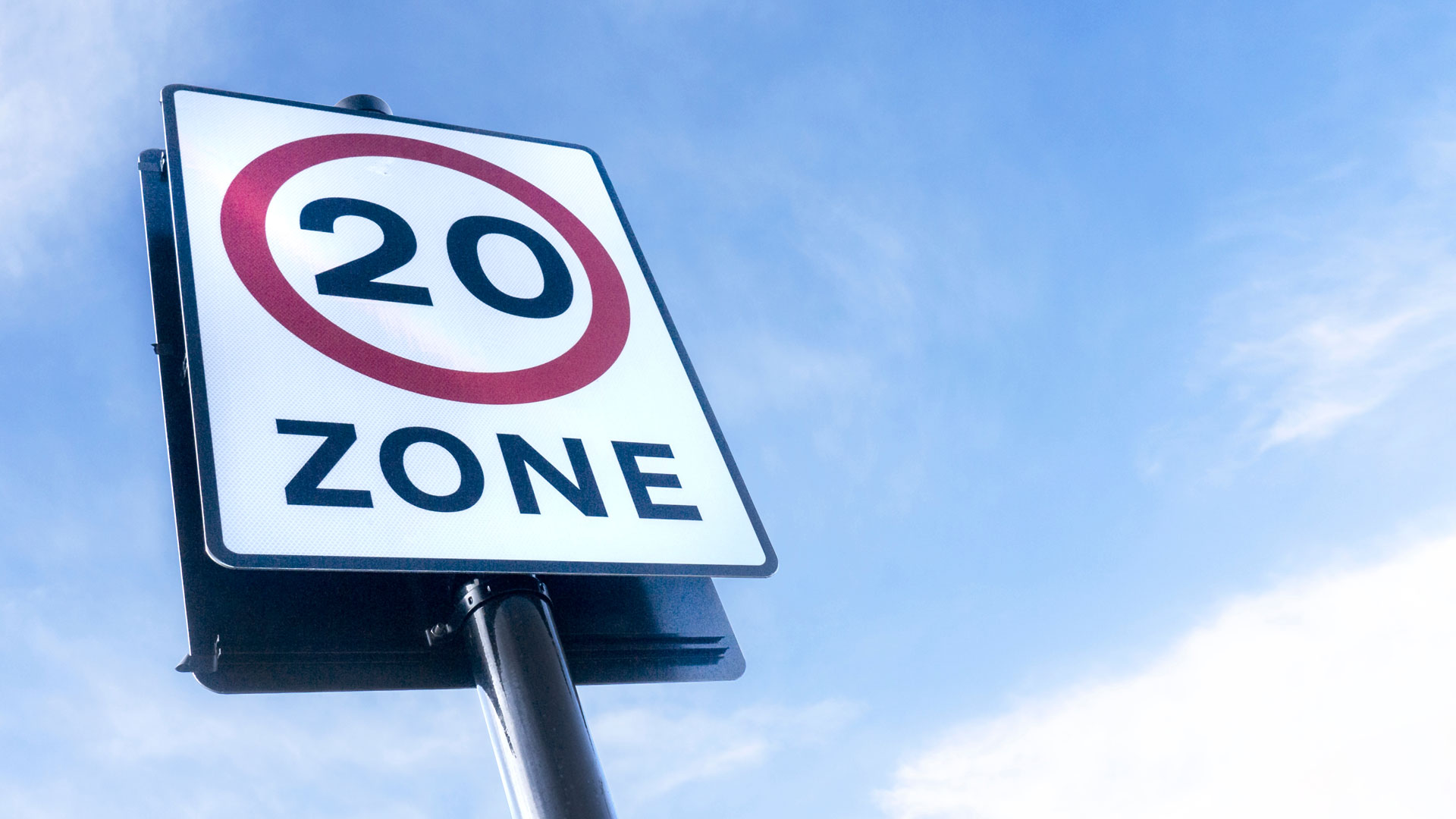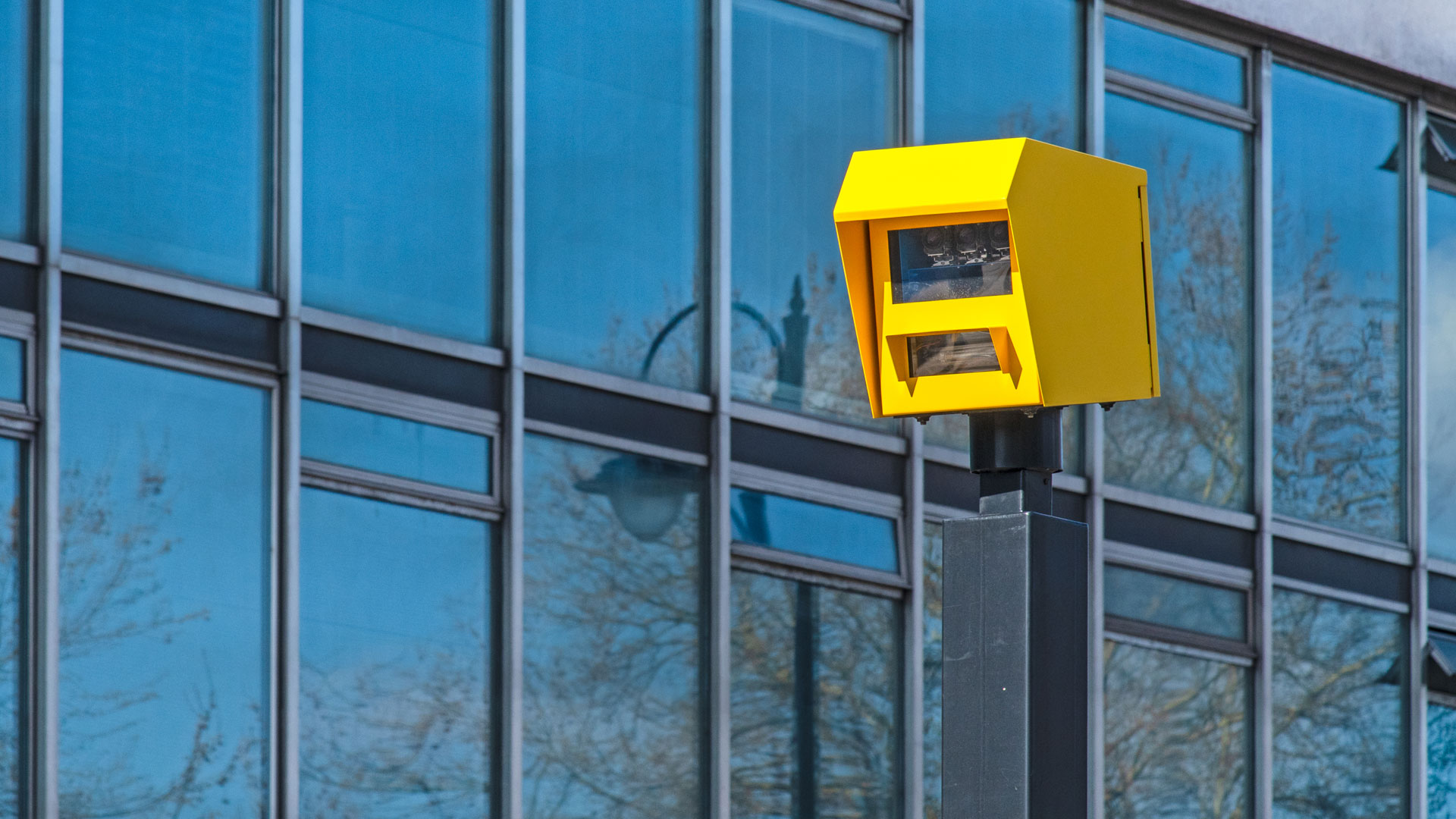
A consultation on plans to introduce a 20mph speed limit in central London has been launched by Transport for London (TfL).
If the scheme goes ahead, 20mph limits would be introduced along 5.5 miles of main roads, including Millbank, Albert Embankment, Victoria Embankment and Borough High Street. The limit would apply to all roads within the Congestion Charge Zone (CCZ), plus Aldgate Gyratory, which is on the boundary of the CCZ, rather than in it.
Lower speed limits are “vital to protect people walking, cycling and riding motorcycles”, said TfL.
Along with 20mph speed limit signs and road markings, TfL plans to raise the height of pedestrian crossings in seven high-risk locations, while speed cameras within the CCZ will be adjusted to 20mph. An army of mobile speed cameras will be deployed to keep drivers in line.
In 2017/18, 155,729 motorists were ‘processed’ by the Metropolitan Police for speeding-related offences, including 42,771 on 20mph limit roads.
‘The evidence is clear’

Mayor of London Sadiq Khan said: “Each year more than 4,000 people are killed or seriously injured on London’s streets. The evidence is clear – lowering speeds on the most dangerous roads saves lives.
“The proposed 20mph speed limit on TfL roads within the Congestion Charge Zone and at Aldgate Gyratory will protect people walking and cycling and other road users in the busiest part of the capital.”
Over the next five years, TfL is proposing to introduce lower speed limits across 93 miles of its road network to “reduce road danger and save lives”.
Stephen Edwards, director of policy and communications at Living Streets said: “It’s vital that people realise the facts around 20mph. If a pedestrian is struck by a vehicle at 20mph they have a 97 percent chance of survival. This reduces with every mile driven faster.
“Living Streets champions a change in legislation to set 20mph as the default speed limit in built-up areas. Lower speeds are an essential part of liveable neighbourhoods. The consultation and implementation plan TfL have devised are a great step forward for London.”
Which roads are included in the 20mph proposal?

- Albert Embankment
- Lambeth Palace Road
- Lambeth Bridge
- Millbank
- Victoria Embankment
- Upper Thames Street
- Lower Thames Street
- Tower Hill
- Aldgate Gyratory including Leman Street, Prescot Street, Mansell Street, Minories and Goodman’s Yard
- Borough High Street
- Great Dover Street
- Blackfriars Road
- Part of Druid Street (between Tower Bridge Road and Crucifix Lane)
- Crucifix Lane
- Part of Bermondsey Street (between Crucifix Lane and Tooley Street)
- Part of Queen Elizabeth Street (between Tooley Street and Tower Bridge Road)
Londoners have until 10 July to take part in the public consultation.